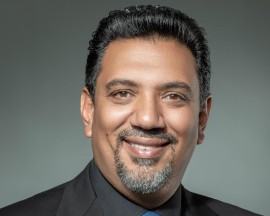Managing transposition cases has always been a significant challenge in clinical practice due to the unpredictability and complexity involved. However, despite the challenges, correcting transposed teeth can yield great rewards for both patients and orthodontic professionals.
This lecture aims to provide a brief overview of the existing literature on transposition management and present clinical cases that highlight the difficulties and excitement encountered during treatment. The supporting biomechanical principles will also be illustrated. By the end of this lecture, attendees will have gained knowledge and skills necessary to effectively manage transposition cases using efficient and simplified techniques.
Transposing teeth can yield great rewards for both patients and orthodontic professionals when approached with careful planning.
Learning Objectives: Recognize the relative difficulty of different transposed teeth. Develop guidelines for utilizing different approaches in managing transposition demonstrate how to apply alternative treatment plans when managing with some of the most difficult impactions and transposition.


